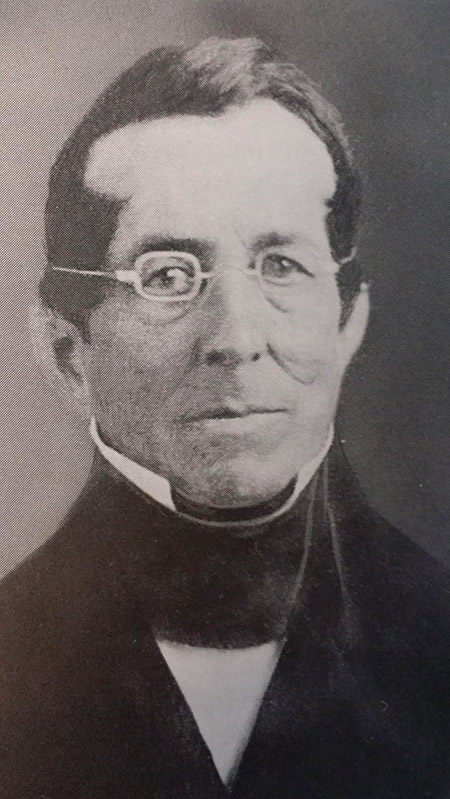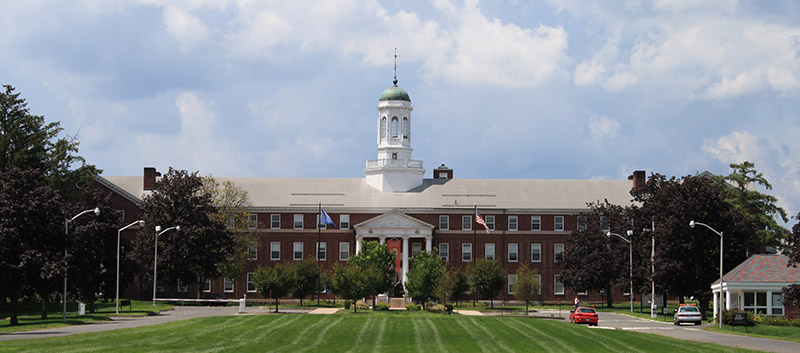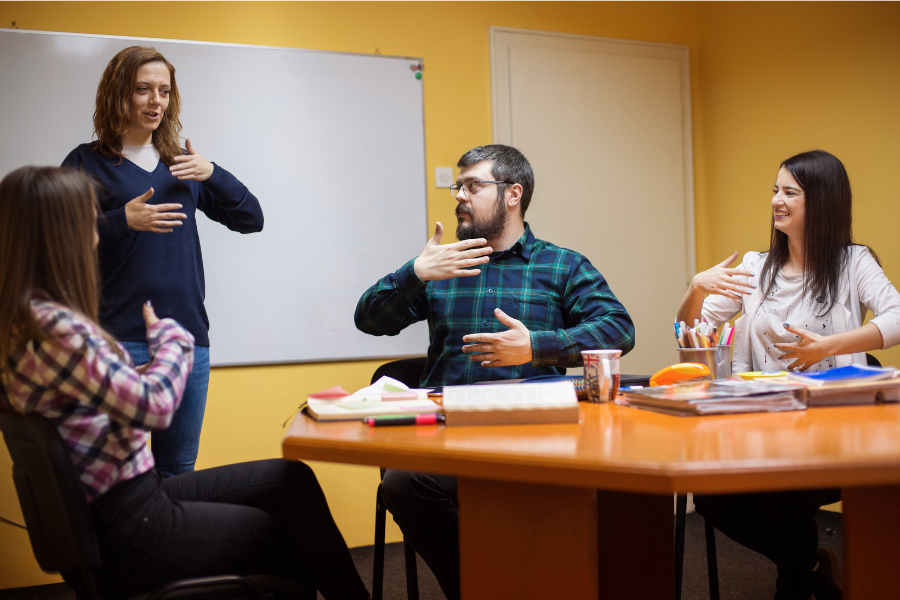Table of Contents
6 Dynamic Touch Points in ASL
All Hands VRS welcomes you!
American Sign Language (ASL) – a language that has its roots deeply embedded in human history. This article will explore ASL’s rich history. We will also guide you through the fascinating evolution of ASL. As you explore this captivating journey, remember that sign languages vary globally—there’s no one-size-fits-all approach. Our spotlight will be on the unique development and nuances of ASL as it relates to the United States. Before we can go there, we have to go back in time when man first began communicating using their hands.
The Ancient Roots of American Sign Language
Hand gestures have been a part of human communication since the dawn of time. Anthropologists suggest that early humans likely relied on these non-verbal forms of communication before spoken language even existed. This was especially true in small communities and native tribes. For example, the vast open plains served as the ideal backdrop for using silent hand gestures, like pointing, to indicate the direction of prey or potential danger. These early hand signals laid the groundwork for what we now recognize as ASL. Over the years, these simple gestures have evolved into the complex and rich language of ASL that we use today.
Michel de L’Épée: The Father of Standardized Sign Language and Deaf Education

For centuries, Deaf communities had their own diverse range of gestures and signs, unique to their local families or communities. The 1500s saw efforts to create sign language dictionaries and alphabets, but none were formalized.
A significant turning point came in the 1700s with Michel De L’Epee. Often hailed as the ‘father of Deaf education and sign language,’ he revolutionized the field. Michel de L’Épée was the first to formalize and standardize the signs used by the Deaf community into a comprehensive sign language dictionary. He also pioneered the establishment of a free public school specifically for Deaf students, setting a new standard in Deaf education.
Advancements in Deaf Education: Thomas Hopkins Gallaudet’s American Journey

In the 1800s, Thomas Hopkins Gallaudet, an American minister, took on a mission to educate his deaf neighbor’s daughter, Alice Cogswell. Realizing the importance of specialized teaching methods, Gallaudet traveled to England to learn from the experts at the National Institute for Deaf-Mutes. However, the institute closely guarded their techniques, restricting Gallaudet’s access to their methods. Despite this roadblock he did not give up but instead continued to seek the knowledge he needed to teach Alice.
The Paris Breakthrough: Gallaudet Learns from Renowned Deaf Educators

Gallaudet’s quest for knowledge led him to a pivotal moment in London, where he attended a public demonstration by Abbé Sicard, the head of a prestigious Deaf school in Paris. This event introduced Gallaudet to Sicard’s team, including two exceptional Deaf educators: Laurent Clerc and Jean Massieu. Captivated by their methods, Gallaudet traveled to Paris to learn directly from these pioneers. His time in Paris was transformative, equipping him with the skills and methods to revolutionize Deaf education in America.
The First Deaf School in America: How the American School for the Deaf Revolutionized Education

After being deeply impressed by the teaching methods he saw in Paris, Gallaudet persuaded Laurent Clerc to join him on his return to America. Together, they founded the American School for the Deaf in 1817. This wasn’t just another school; it was the first institution of its kind in the United States, setting a new standard for Deaf education. The school’s establishment marked a significant turning point, laying the foundation for advancements in Deaf education across the country.
The Birth and Evolution of American Sign Language

At the American School for the Deaf, Gallaudet and Clerc didn’t just teach; they laid the foundation for what we today know as ASL. According to the book “A Journey into the Deaf World” by Harlan Lane and others, ASL is believed to have originated from a mix of French Sign Language, unique signs from the students themselves, pantomime, and newly developed signs. This blend didn’t just add to the school’s curriculum; it forever transformed Deaf education in America, setting a new standard that is still followed today.
Wrapping Up: The Journey of American Sign Language
In this blog post, we’ve delved into the captivating history and evolution of ASL. From its ancient origins in hand gestures to the groundbreaking work by Michel De L’Épée in the 1700s, ASL has undergone a remarkable transformation. We’ve also highlighted the pivotal roles played by Thomas Hopkins Gallaudet and Laurent Clerc in shaping Deaf education in America, including the founding of the American School for the Deaf in 1817. This institution set the stage for ASL as we know it today—a rich, complex language that is a cornerstone of Deaf culture in the United States.

- So, what did you think of this walk through history about American Sign Language?
- Did you discover something new or surprising about ASL or its history?
- We’d love to hear your thoughts!
- Share your insights in the comments below, and if you found this post informative, please consider sharing it on your social media channels.
- Don’t want to miss out on more fascinating stories and insights into ASL and Deaf culture? Subscribe to our newsletter to stay in the loop for our upcoming posts!





